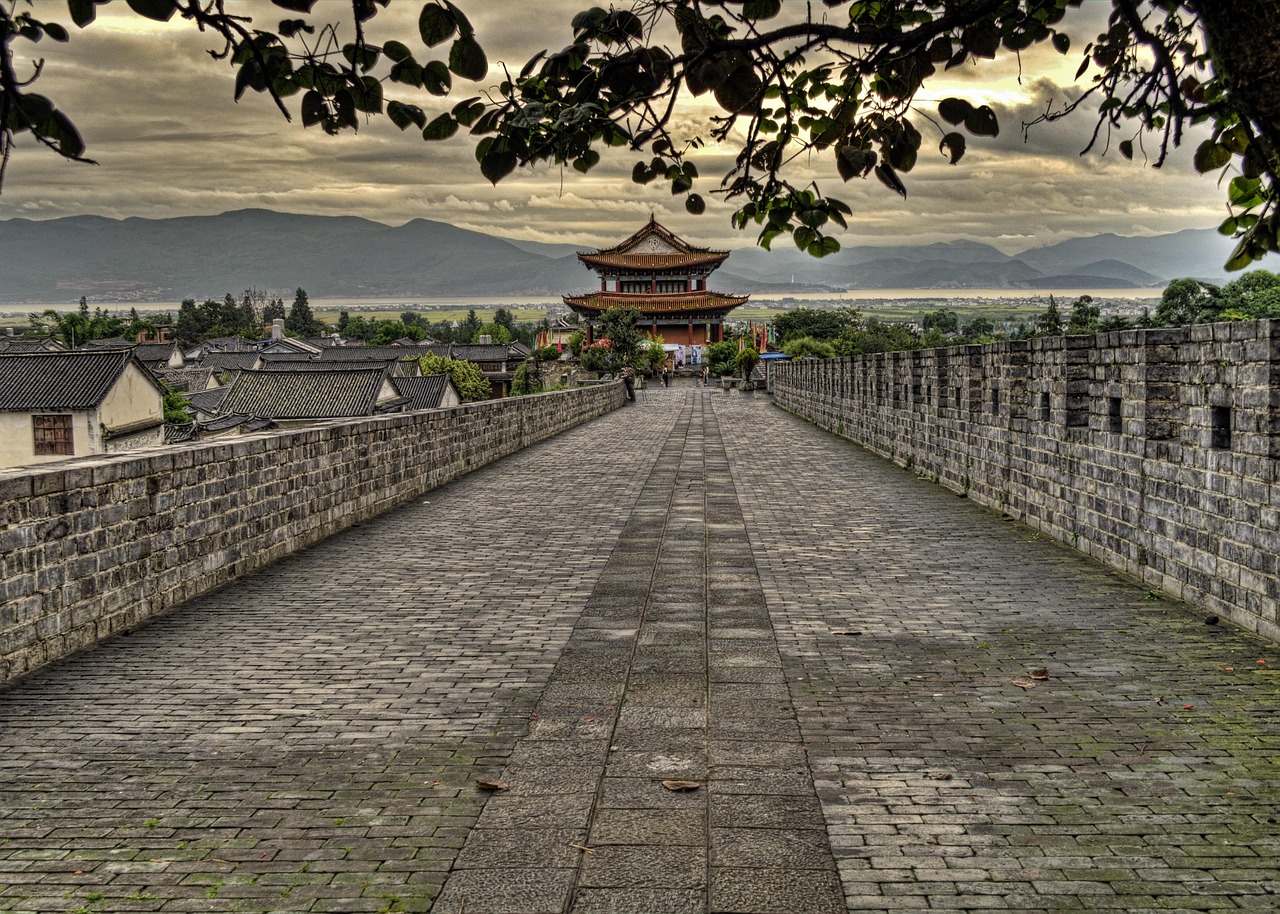Chinese opera, a vibrant and multifaceted art form, has been an integral part of Chinese culture for centuries. It is a unique blend of music, dance, acrobatics, and drama, which has evolved over time to become one of the most beloved forms of traditional Chinese performing arts. This essay will delve into the distinctive features of Chinese opera culture, exploring its rich history, diverse regional styles, and the elements that make it a unique cultural phenomenon.
Historical Significance and Evolution
Chinese opera has a history that spans over a thousand years, with its roots traced back to the Tang Dynasty (618-907 AD). Over the centuries, it has undergone numerous transformations, absorbing influences from various regional cultures and evolving into a complex and sophisticated art form. The evolution of Chinese opera is closely tied to the social, political, and economic changes in Chinese history, reflecting the aspirations and sentiments of the people.
Regional Diversity
One of the most striking features of Chinese opera is its regional diversity. China's vast geography and the diversity of its ethnic groups have given rise to a multitude of opera styles, each with its own unique characteristics. The most well-known forms include Peking Opera (Jingju), Yue Opera, Henan Opera (Yuju), and Kunqu Opera, among others. Each regional style has its own repertoire, musical instruments, performance techniques, and costumes, which are deeply rooted in the local culture and traditions.
Musical Elements
The music in Chinese opera is a blend of vocal and instrumental parts, with a strong emphasis on melody and rhythm. The vocal style is characterized by its high-pitched, expressive singing, which is often accompanied by traditional Chinese instruments such as the erhu (a two-stringed fiddle), pipa (a four-stringed lute), and suona (a double-reed horn). The music serves to enhance the emotional depth of the performance and to convey the story to the audience.
Performance Techniques
Chinese opera is known for its highly stylized performance techniques, which include singing, reciting, acting, and acrobatics. The actors, or "performers," are trained in a rigorous regimen that encompasses both physical and vocal disciplines. The movements on stage are exaggerated and symbolic, with each gesture and posture conveying a specific meaning or emotion. This stylization allows the audience to understand the characters' intentions and feelings without the need for elaborate sets or realistic acting.
Costumes and Makeup
The costumes and makeup in Chinese opera are as much a part of the performance as the singing and acting. The elaborate costumes, often adorned with intricate patterns and bright colors, are designed to reflect the social status and personality of the characters. Makeup is used to further define the characters, with different facial patterns representing different roles, such as the "painted face" (lianpu) for warriors and the "flower face" (hualian) for young male leads.
Storytelling and Themes
Chinese opera is deeply rooted in storytelling, with plots often drawn from historical events, legends, and folklore. The themes explored in these operas are diverse, ranging from love and betrayal to loyalty and sacrifice. The stories are told through a series of scenes, with each scene focusing on a particular moment or conflict in the narrative. The use of symbolism and allegory is common, allowing the audience to interpret the story on multiple levels.
Cultural Significance
Chinese opera is not just a form of entertainment; it is also a vehicle for preserving and transmitting cultural values and beliefs. The operas often contain moral lessons and social commentary, reflecting the Confucian ideals of filial piety, loyalty, and righteousness. Through the characters and their stories, the audience is reminded of the importance of these values in their own lives.
Modern Challenges and Revitalization
In recent years, Chinese opera has faced challenges due to the influence of modern media and changing cultural tastes. However, there has been a concerted effort to revitalize and modernize the art form. This includes incorporating new technologies, such as digital sound and lighting, and adapting traditional stories to contemporary themes. These efforts aim to make Chinese opera more accessible and appealing to younger audiences while preserving its cultural essence.
Conclusion
In conclusion, Chinese opera is a rich and complex cultural phenomenon that embodies the spirit and history of China. Its distinctive features, from its regional diversity to its storytelling and themes, make it a unique and valuable part of the world's performing arts heritage. As China continues to modernize and globalize, the preservation and promotion of Chinese opera are crucial for maintaining a connection to the country's cultural roots and for ensuring that this vibrant art form continues to thrive for future generations.












 京公网安备11000000000001号
京公网安备11000000000001号 京ICP备18057566号-3
京ICP备18057566号-3